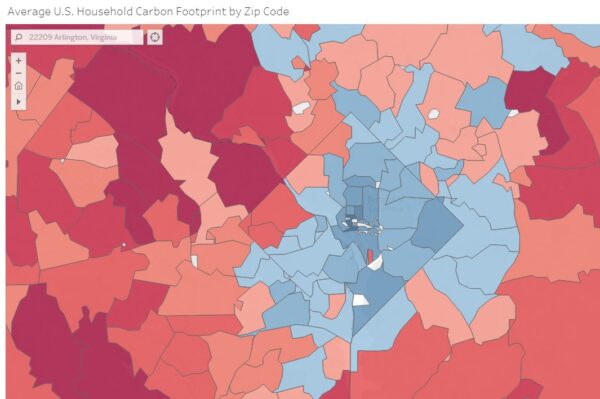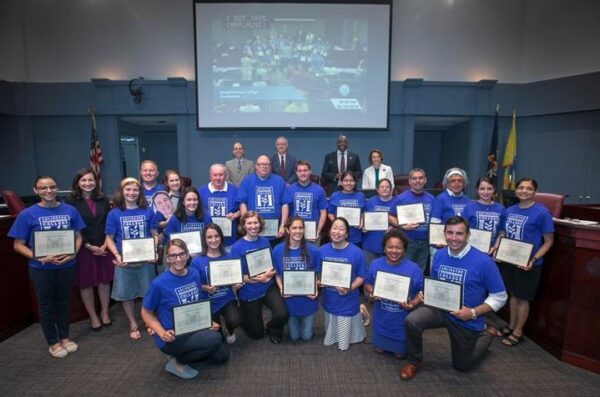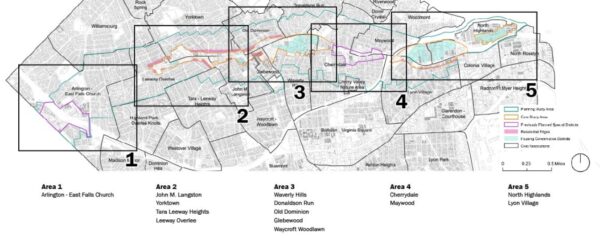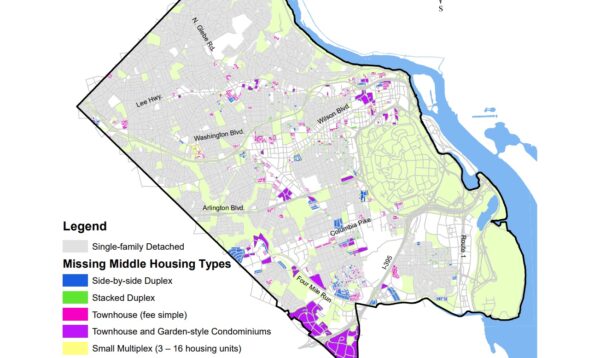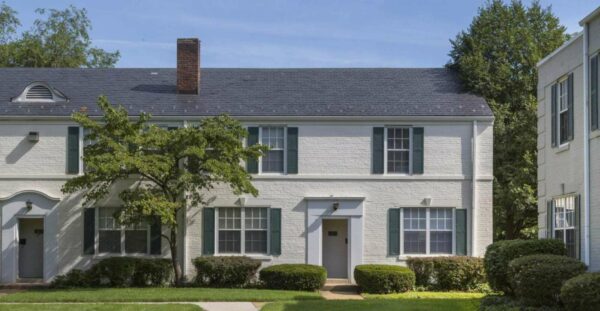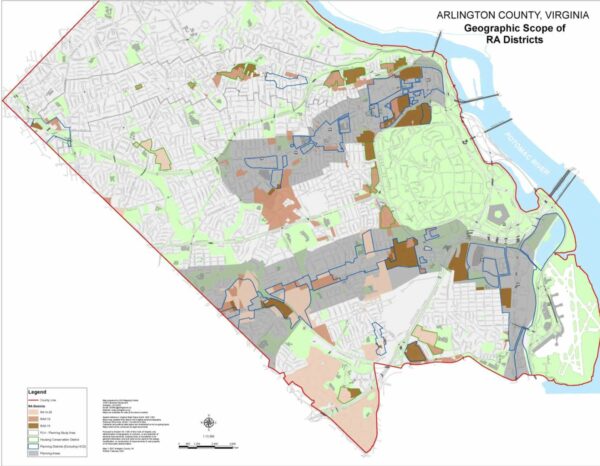Making Room is a biweekly opinion column. The views expressed are solely the author’s.
This is my last column. Over the past two years, I’ve had the privilege of sharing my views about housing with you. I don’t know if I changed anyone’s mind, but I do know I stirred up some conversation (and plenty of clicks for ARLnow). I hope ‘Making Room’ has at least inspired you to reflect on what Arlington means to you and the role that secure housing plays in your life.
When I moved to Arlington in 2015, I would never have thought I would become a local online guest columnist. My foray into Arlington housing politics began in October 2017. After Trump’s election, I vowed to get more politically engaged. That led me to canvas for Ralph Northam and to start following local races.
It was at a candidate forum, featuring soon-to-be-elected Erik Gutshall, that the attitude of Arlington’s political constituents crystalized for me: As a newcomer (with a child no less) I was a burden: I was the reason for more apartment buildings and more crowded schools. I was the reason for higher property tax assessments and higher County budgets. I was the reason for fewer trees.
Housing wasn’t a top issue for me until then. I knew that housing was expensive in DC. For my two-bedroom in Arlington, my husband and I paid three times as much for the same size space as we did back in the Midwest. But I didn’t realize that a vocal minority of Arlington’s influential citizens actively blocked or scaled back new housing. I didn’t realize that for many of my neighbors, density is the enemy.
But density can be an unparalleled opportunity to advance the economic and social progress of our community if we let it.
Density means more places to live and allows for housing to meet different needs. Density allows our communities to be diverse in age, race, income, and family type.
Density means more livable streets. Density helps us have walkable neighborhood schools. Density allows people to participate in the community without a car. This could be an older adult or a younger teen, or anyone in between.
Density brings people together, which builds community and helps ensure a healthy civil society and democracy. It helps businesses thrive by having more customers nearby.
Density helps households have a smaller carbon footprint and allows for a more efficient use of public resources. Density allows people to live closer to the things that they value.
Embracing density means looking to the future, rather than the past.
Arlington is lucky enough to be part of one of the most economically dynamic metropolitan areas in the country. Because we have the privilege of an unparalleled job market, robust transportation and other amenities, we have an obligation to welcome more people.
The most important lesson I’ve learned in the past four years of political engagement in Arlington is that people who value density, especially renters, ‘transients,’ young professionals, and newcomers, need to show up. We need to advocate for housing that supports not only how we live now and how we want to live in the future, but also serves the needs of those who will follow. We need to advocate for affordable housing for people who are often left out of the planning process.
Arlington won’t change because people read my column and had a change of heart about getting a duplex next door. But it can change when our leaders hear more from the people who see the opportunities that density will bring — for ourselves and our neighbors.
Jane Fiegen Green, an Arlington resident since 2015, proudly rents an apartment in Pentagon City with her family. By day, she is the Membership Director for Food and Water Watch, and by night she tries to navigate the Arlington Way. Opinions here are her own.



